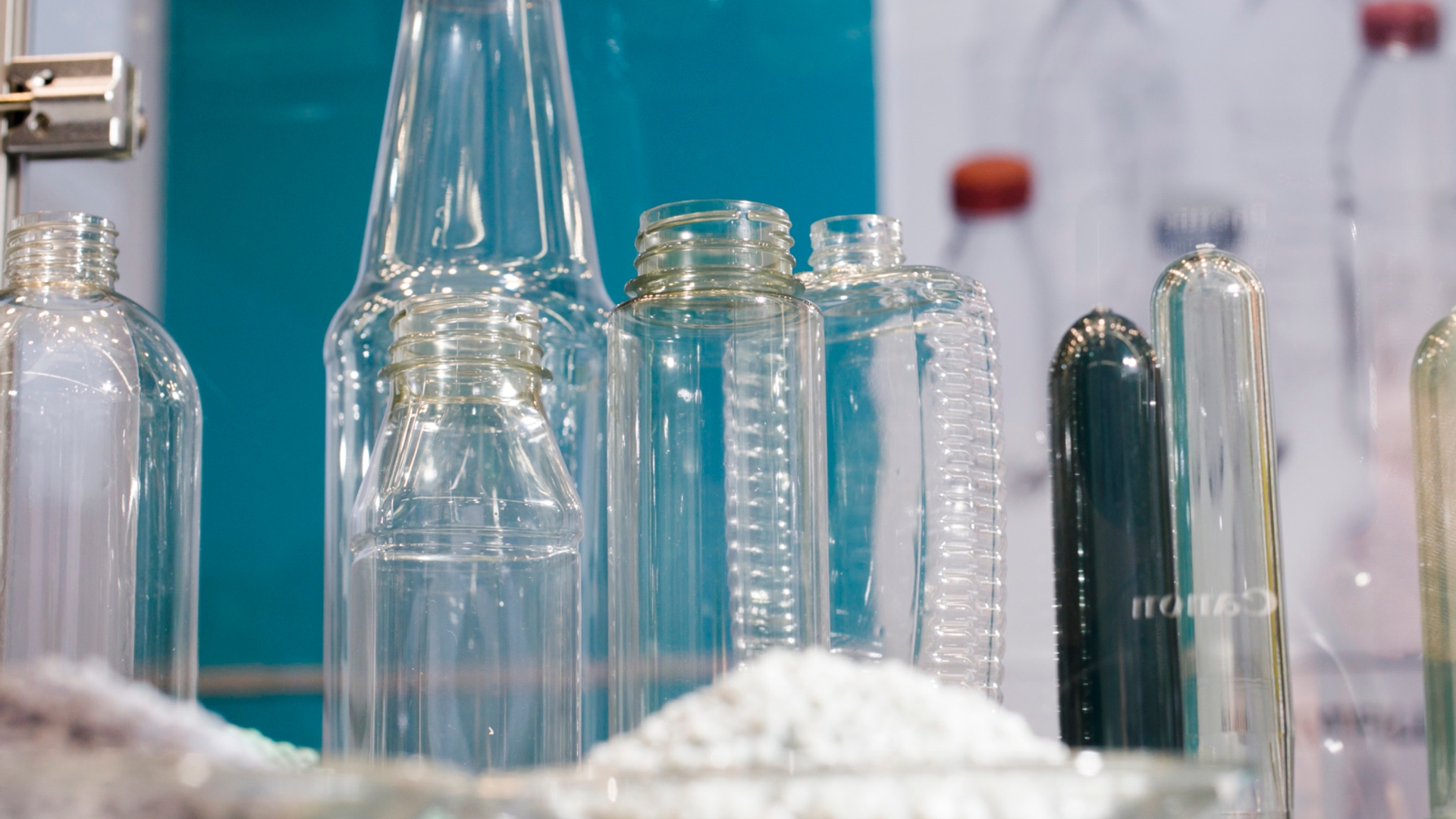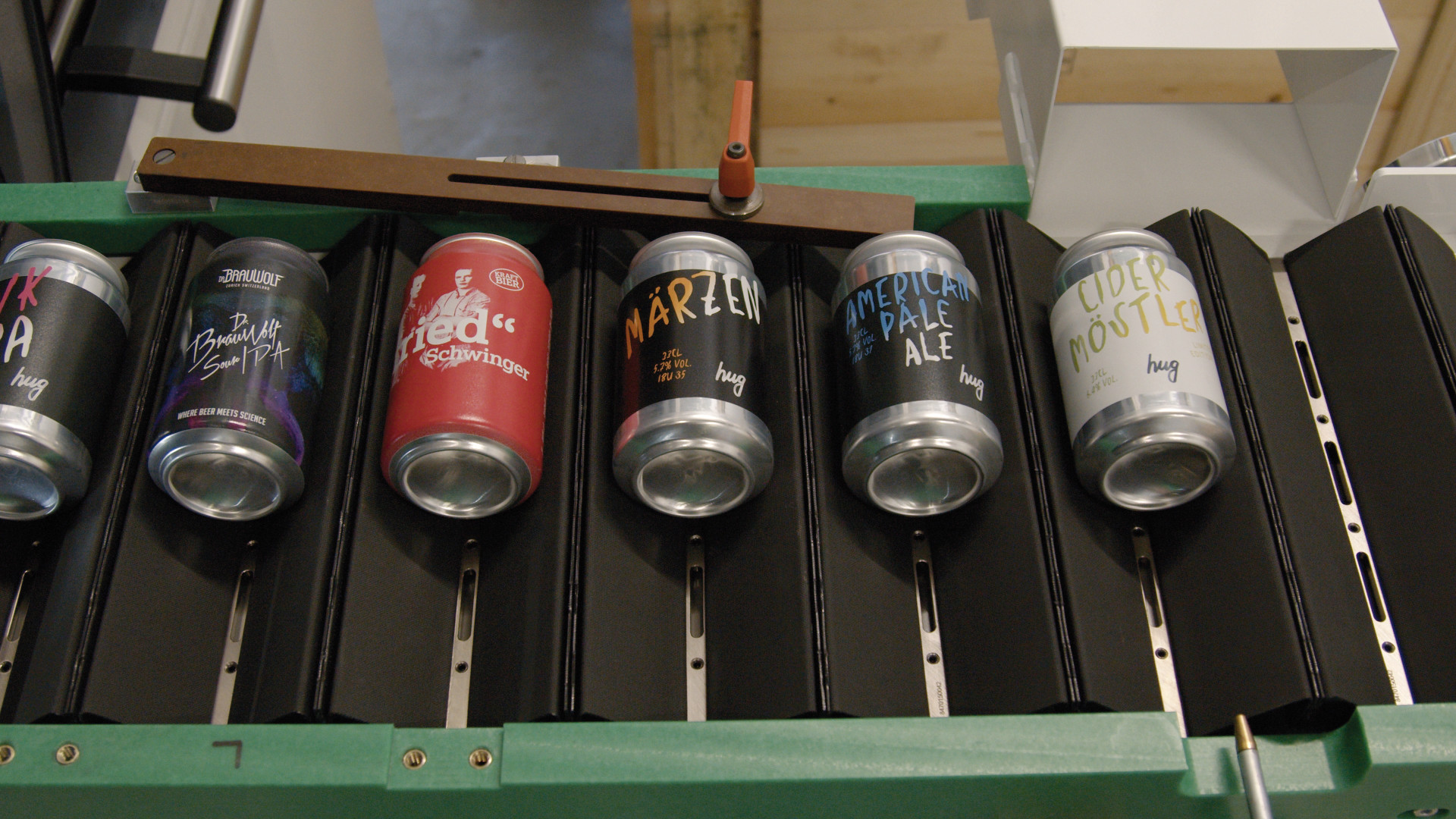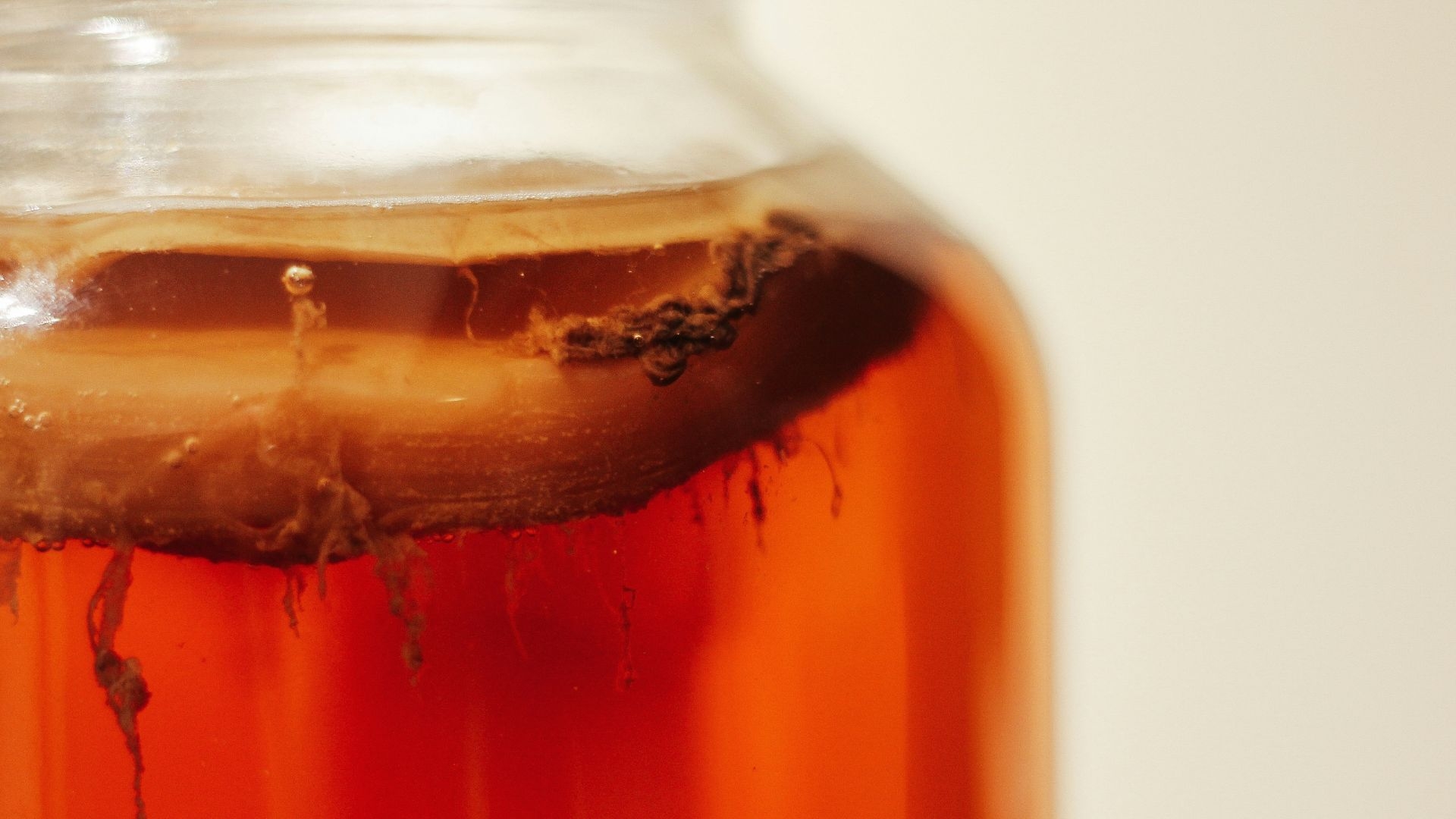A post by
Lucia Baier
Content Manager BrauBeviale
Yontex GmbH & Co. KG

People prefer simple answers. When it comes to the highly complex issue of packaging, which is currently the subject of many different public discussions, there are no simple answers. Or are there? At least there is a simple answer to the question "Is there such a thing as ideal packaging?": "No". Why is that the case? That's where it gets complex again ... How do you approach such a complex topic? You turn to experts ...
Released on 01/09/2020Updated on 05/07/2024
A post by
Lucia Baier
Content Manager BrauBeviale
Yontex GmbH & Co. KG
For example to Dr Manfred Tacker, Head of the Department of Packaging and Resource Management at FH Campus Wien in Austria until February 2021 and now CEO of Circular Analytics TK GmbH.
At a virtual panel discussion at the end of May 2020, he said that there is no such thing as ideal packaging. Why does he think so? "Because the selection of packaging is a multidimensional process and because there are many conflicting goals on the way to the right packaging. When choosing packaging, it's always about finding the right compromise, for example between the environmental impact of packaging production and the difficulties of recycling. Unfortunately, you can never have everything ...", explains Dr Tacker.
"The ideal packaging only ever exists depending on the product, time and location. Product-related, because a bottle for beer, for example, does not have to fulfil the same properties as a bottle for milk. Time-based, because the demands placed on packaging change over time, making the protective effect of packaging clearer and more tangible for consumers in times of coronavirus. And location-based, because packaging may have been optimally developed for the German recycling system, but does not necessarily fit the Spanish recycling system," adds Dr Martina Lindner, who was Business Unit Manager Packaging at the Fraunhofer Institute for Process Engineering and Packaging IVV in Freising in 2020 and has been Professor of Biobased Materials and Processing Technology in Packaging Technology at the Stuttgart Media University in Stuttgart since 2021.
Exactly what Prof. Dr Lindner and Dr Tacker mean by this becomes clear when you look at the tasks that food packaging has to fulfil over the entire product life cycle:
But that's not all, smart packaging also has other information tasks. For example, a special print can now be used to store information that the recycler can read in order to recycle the discarded packaging correctly.
"You have to consider all of this together and then make the optimal choice," explains Dr Tacker.
Let us turn our attention to the topic of sustainability in packaging research. This is also the focus of the Fraunhofer IVV, which offers the beverage industry advice on issues such as recyclability and the use of monomaterials. Research is also being conducted into how bio-based packaging can actually be sustainable - because it is only sustainable under certain conditions. In some cases, biomaterials can disrupt the recycling processes of conventional, fossil-based plastics.
The Fraunhofer IVV also researches and advises in the areas of material savings and shelf life modelling, i.e. calculating the spoilage mechanisms of food. This can then be used as a basis for calculating optimised packaging with minimum material usage and maximum product shelf life (IVV research project: SelectPerm). And this is just a small part of the research and consultancy work on the subject of packaging research.
"We work very closely with industry, both in bilateral and public research projects, and are always on the lookout for industrial partners to apply the results of public research projects in industry," says Prof Dr Lindner, explaining the practical relevance of packaging research at the IVV in Freising.
The packaging researchers at FH Campus Wien do not sit in an ivory tower either, but are in close dialogue with industry. "We work exclusively in projects with companies. When it comes to developing specific packaging for a company, these are of course projects that companies don't want to be involved in. On the other hand, circular value creation projects can never be done alone; they can only work if you bring together the various companies in the value chain: Manufacturers, bottlers, retailers, collectors, sorters, recyclers and a collection system. A number of players quickly come together. For example, we have developed the FH Campus Wien Circular Packaging Guidelines and more than 30 companies from the entire value chain are involved. The guidelines can only be successful on the market if they are accepted by all the key players. It is also important that these projects are always set up internationally," emphasises Dr Tacker.
When it comes to the circular economy in the beverage industry, the difficult discussion of reusable vs. disposable bottles immediately springs to mind. If you look at the life cycle assessments of the various bottles, it becomes highly complex: How heavy is a bottle? How far is it transported? What is inside the bottle? Is the bottle made of glass or PET? How often is it recycled? How high is the proportion of recycled material? Simple solutions are therefore not to be expected here either ...
But there are even more topical issues when it comes to drinks packaging. Let's stay with PET bottles for a moment. The trend here is towards 100 per cent recyclate. Weight reduction continues to be a major issue for both glass and PET "In the glass sector, there are now new lightweight glass bottles that save 20 to 30 per cent in weight and are still reusable," reports Dr Tacker.
Smart packaging is also playing an increasingly important role in the beverage industry. The packaging is given additional functions and communicates with the consumer, retailer or recycler. Smart packaging can also be used to produce tamper-proof packaging or to trace the routes taken by packaging.
Plastic packaging is currently in a difficult position from an environmental point of view. Rightly so? "Yes," says Dr Tacker from FH Campus Wien, "because many environmental problems worldwide, such as littering in the oceans, have not been solved. The plastics industry cannot simply say that we make a product and what the consumer does with it is up to them. It must look for solutions to these environmental problems. To do this, however, it needs all players on the market in terms of the circular economy, because only then will the circular economy work. The EU Circular Economy Package forces everyone to ensure recyclability and recycling rates."
"The public often only points out environmental impacts, but does not focus on consumer benefits. When it comes to food packaging in particular, consumers should realise that packaging has an extremely important role to play, namely product protection. Without packaging, most foods would not have a long shelf life. And plastics have great properties that are highly relevant for packaging technicians, but which the end consumer is generally simply not aware of," emphasises Prof. Dr Lindner.
The pollution of the environment with plastics and the accumulation of microplastics in the oceans have long since become a matter of public awareness. Due to increased consumer demand, the cosmetics and food industries are looking for environmentally friendly packaging alternatives. And there are certainly options: thinner layers, use of inorganic layers, bio-based/biodegradable raw materials/papers etc. However, these must always be adapted to the product and the entire value chain.
However, the new variety of packaging materials leads to confusion among consumers. As a result, a lot of packaging ends up in the wrong bin and therefore cannot be recycled, even though it could be. There needs to be education and practicable collection systems.
"There are new material developments on the plastics side, but what is even more important is design for recycling. Packaging developments must now be specifically designed so that the product can ultimately be recognised, collected and recycled in the sorting process. Or we can look for reusable solutions. The plastics industry is in the process of promoting circular design and helping to further expand collection systems and recycling," explains Dr Tacker.
So a lot is happening when it comes to packaging and it is definitely worth taking a differentiated look. Because one thing becomes clear when you look at the topic: Only holistic approaches that involve as many players as possible will produce practicable and sustainable solutions that are almost ideal for their respective applications.

Lot size 1
A post by Patrick Schweizer

Cannabidiol
A post by Nina Anika Klotz

Trend drink
A post by Nina Anika Klotz

Automatisation
A post by Helmut Brunner